The mystery of the worms 'living worms', though killed hundreds of times
The mystery is that, even if beheaded, this worm not only regrow its head intact but can even restore memory.
In Greek mythology, the hero Hercules must fight Hydra, a 9-headed dragon. Cutting off this head, it grows two new heads.
The scientific community has long known about this miraculous regeneration of Planaria flatworms: they regrow their heads after being beheaded.
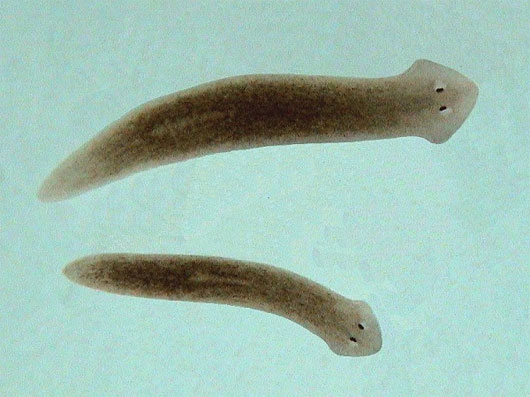
Regarding classification, Planaria is classified as flatworm. At first glance, this kind of animal that lives in the river bottom has nothing special. Their bodies are only one finger long. Flatworms have a brain and two eyes on the head, capable of sensing light.
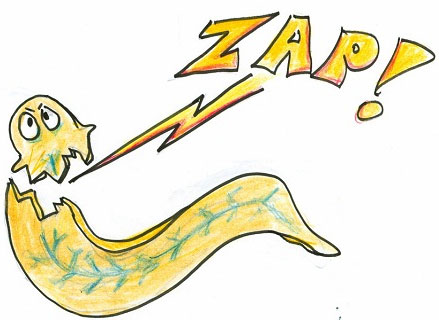
But this tiny worm has a special ability that most animals do not have. If the head is cut off, within a few weeks of the worms, another complete head will grow back to its original!
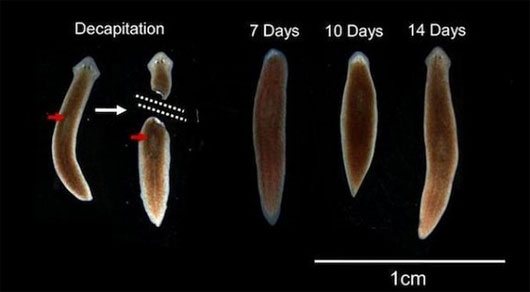
What about the first part? Cells of worm heads also immediately divide and restore an entire body. In short, from a severed worm, two identical new worms will form.
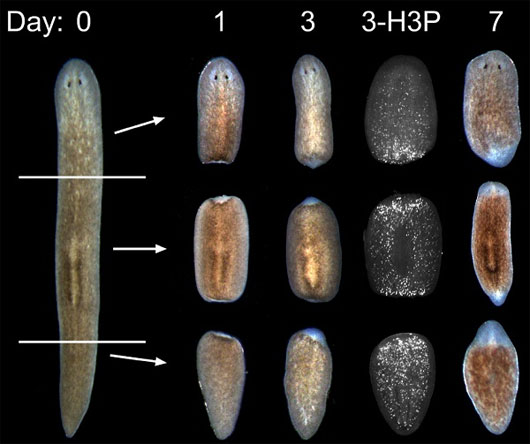
Likewise, what if the Planaria worm is cut into three pieces? The three parts of the worms do not die, on the contrary, they continue to grow into three new worms. Scientists conclude that this unique regeneration ability has been regulated in the worm genome.
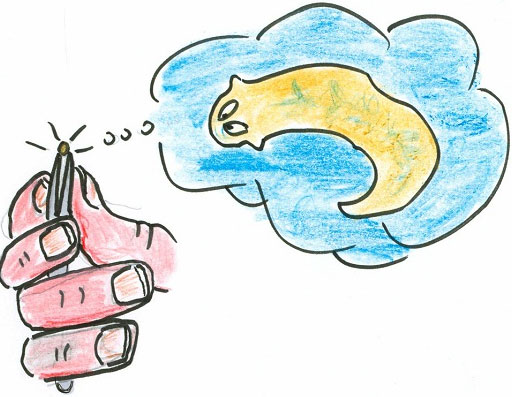
So, even if you cut the Planaria worm into hundreds of pieces, they are unharmed. (sounds scary, isn't it?)
Because just one cell of an adult worm is enough to multiply itself into a complete body.
Not only is it very tough, this worm also stunned scientists because of its ability to restore memory after its 'death'.

Experimental scientists Michael Levin and Tal Shomrat from Tufts University conducted an experiment. They put food and light to lure the worm into light. As a dark-loving species, it takes some time for worms to 'learn' how to get food in a place with lots of light.

After that, the worm's head was cut off. In a few weeks, another head grew back and surprisingly, it repeated the act of going out to light to get food like before 'death' .

Scientists are still finding solutions to this strange phenomenon. How can a new regrowth head remember the behavior of another head before? They hypothesize that the memory of worms is stored in some other cells outside the brain. But they have not been able to determine where those cells are and how they work.
This mystery makes us relate to the human body. Can human memory be stored in another organ such as the heart or liver? Can transplant recipients be handed down the memories of organ donors? Those are still questions that have not been answered yet.
* The article is based on the information and views of scientist Robert Krulwich from NPR's Science page.
- Discovered species with auditory hearing in nature
- This strange pipe worm may be the longest living animal in the world
- These are the worms that are making the whole world excited. The reason is ...
- Worms perceive light 50 times better than humans
- Ancient worms eat animal bones
- Canada discovered rare earthworm fossils
- Amphibious species take their skin ... feed me
- Ong's amazing ability
- Worms 'fireflies' are created in the laboratory
- Detecting weird zombie worms
- Discovering beautiful worms that know how to spray glue in Vietnam
- His armored worms monsters spike
 Animal 'suffering' after hibernation
Animal 'suffering' after hibernation Why do goats climb well?
Why do goats climb well? Scientists were surprised to see chimpanzees eating turtles
Scientists were surprised to see chimpanzees eating turtles Giant catfish died deadly due to drought in Thailand
Giant catfish died deadly due to drought in Thailand